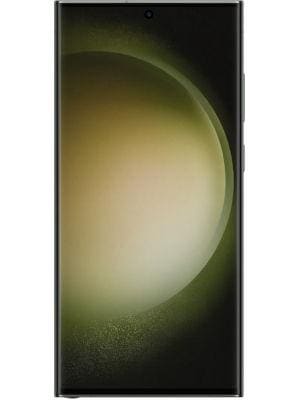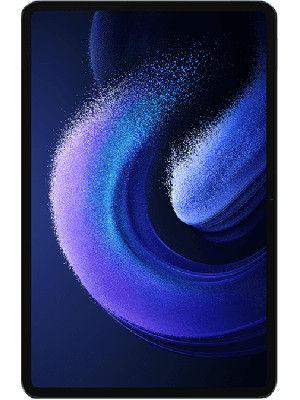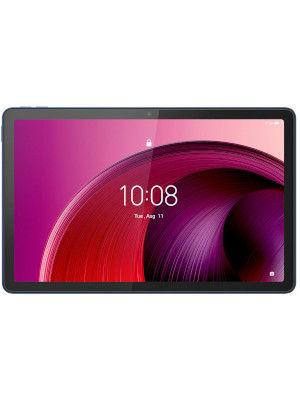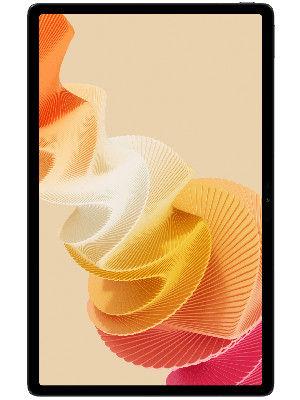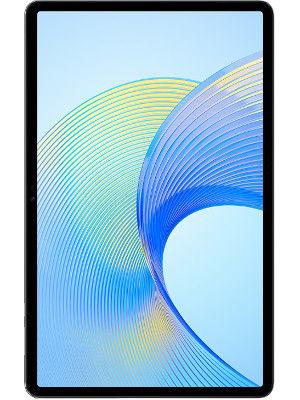Dark energy hunter, Euclid Space Telescope's first images have scientists over the moon!
Euclid Space Telescope and its many instruments have captured two mesmerizing images that define its capabilities. Telescope will create the biggest ever 3D map of the sky.
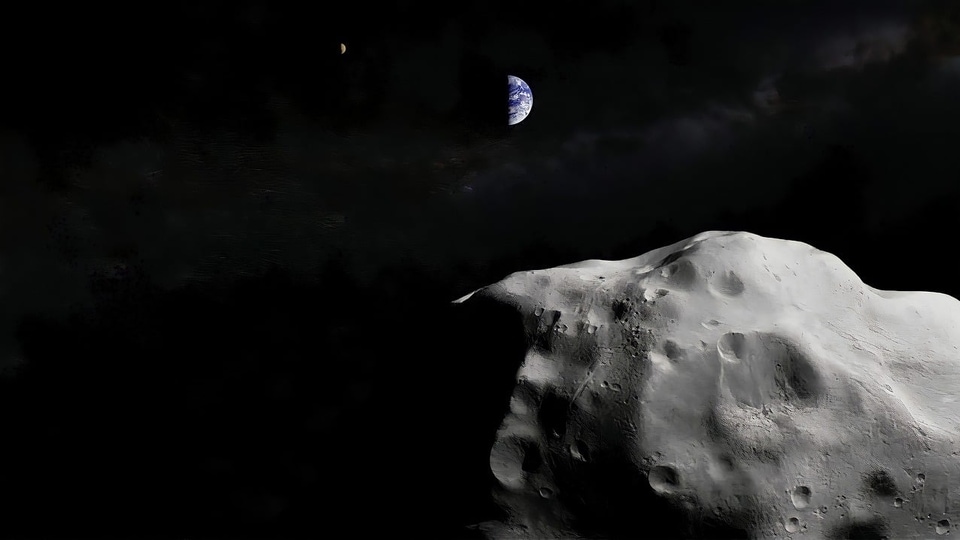

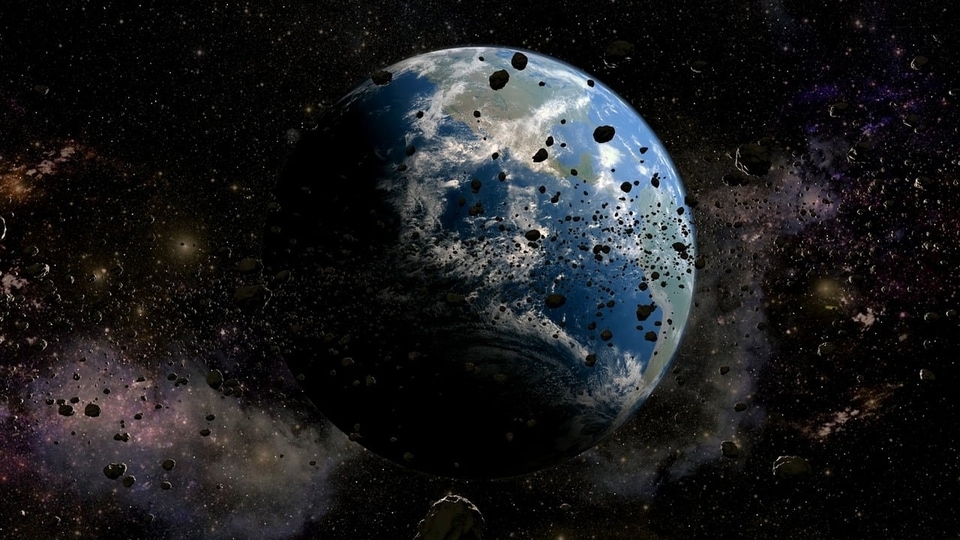
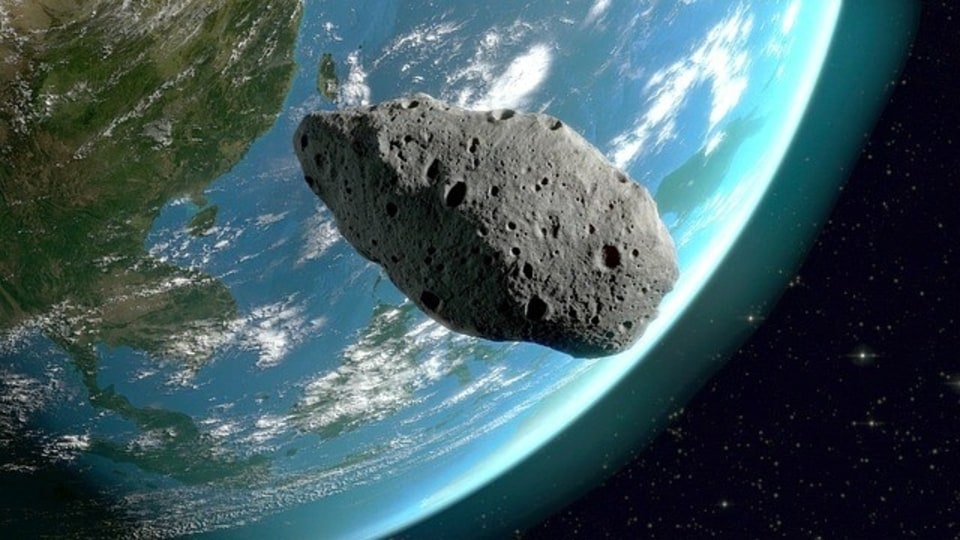
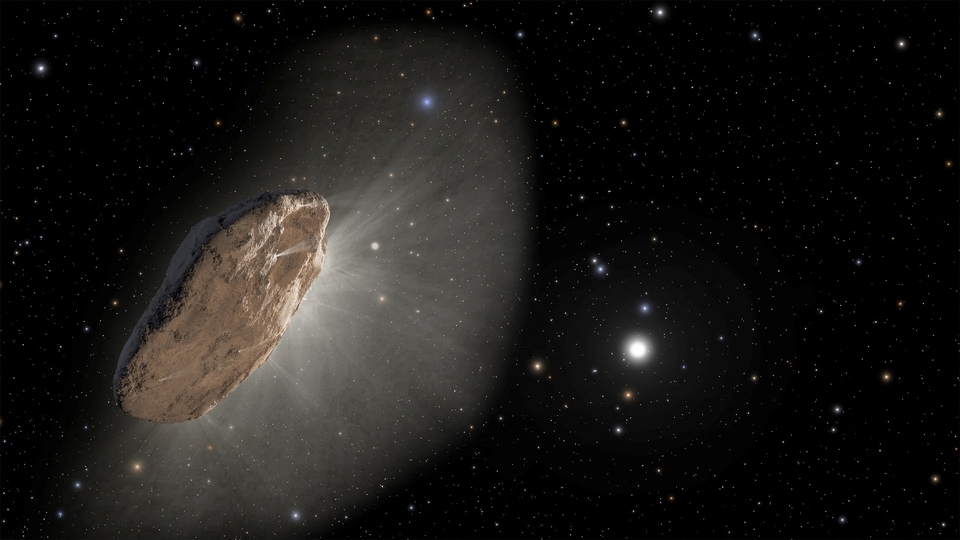
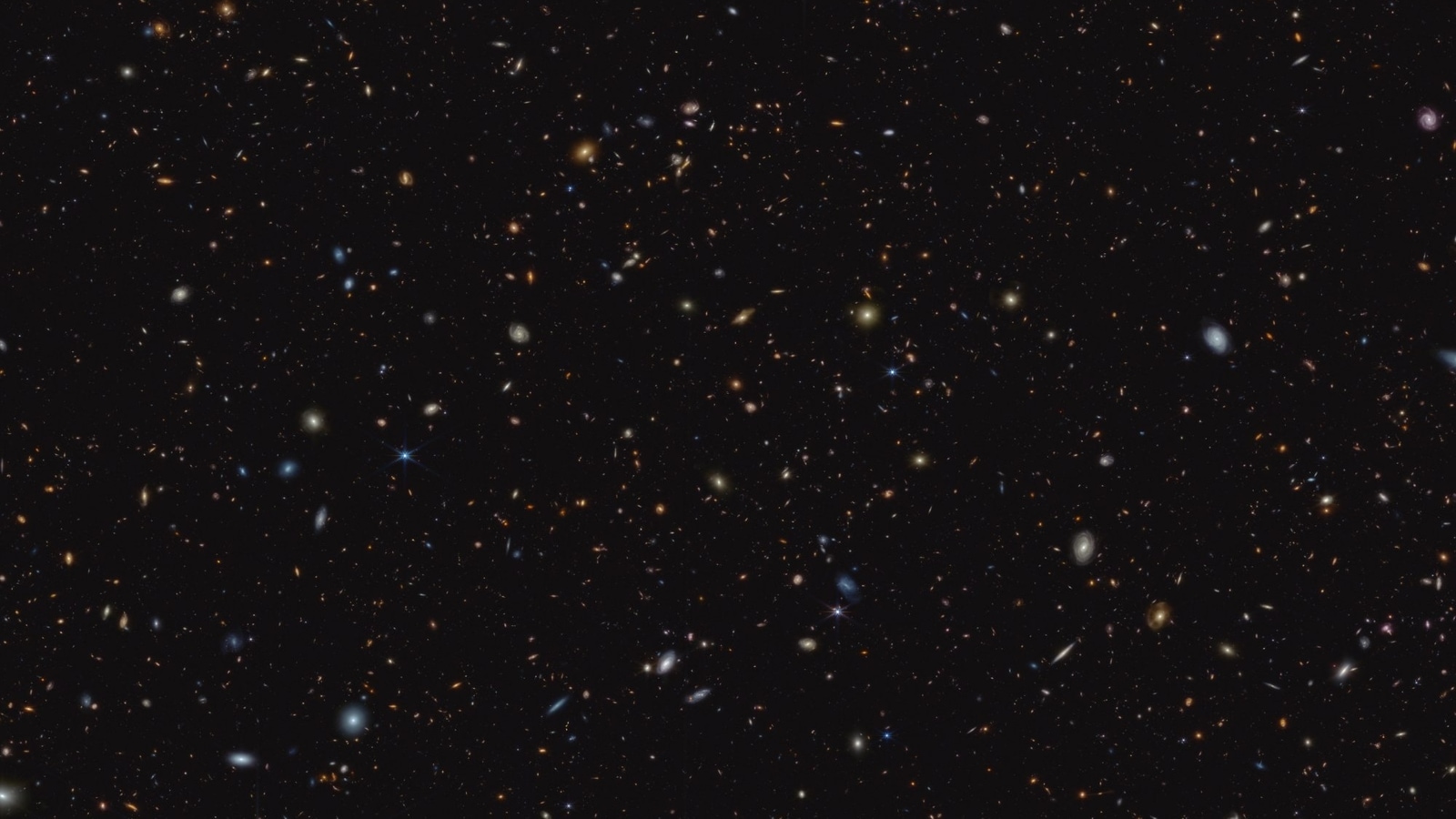
 View all Images
View all ImagesThe development of the Euclid Space Telescope took years of research and collaboration across the globe to develop an instrument that can study dark energy. Euclid is a European mission, built and operated by European Space Agency, with contributions from the US space agency NASA. Recently, the first trial of Euclid Telescope was taken, in which it captured beautiful images that mark its capabilities of accomplishing the main objective of its development.
With the trial run, scientists are confident about the telescope and its instruments.
“After more than 11 years of designing and developing Euclid, it's exhilarating and enormously emotional to see these first images. It's even more incredible when we think that we see just a few galaxies here, produced with minimum system tuning. The fully calibrated Euclid will ultimately observe billions of galaxies to create the biggest ever 3D map of the sky.” says Euclid project manager Giuseppe Racca.
Images captured by Euclid's VISible instrument
According to the report released by ESA, the first image captured by Euclid showcase a glimpse of a few galaxies, some are easy to spot while others are unclear due to the number of stars present. These unclear galaxies will be researched with the help of the VIS telescope and instruments to find out more about them.
During the initial testing, the Euclid team detected an unexpected pattern of light contaminating the images, making the captured image even more special. After investigation, it was suspected that some sunlight was flashing the spacecraft.
With the help of Euclid's Near-Infrared Spectrometer and Photometer (NISP) instrument, scientists will be able to explore galaxies and assess the light they produce at diverse wavelengths. Additionally, the instrument will be able to tell the distance information of the other galaxies.
In the second image, the light transmitted through Euclid's telescope passed through a 'grism,' which caused the appearance of vertical lines that represent stars and galaxies. This distinct method of observation will enable scientists to analyze how each galaxy is made with the precise calculation of its distance from Earth.
Furthermore, ESA will continue to make such tests and observations and work on its refinement. After the commissioning and performance verification phase, the real research and study will begin to explore the full potential of the VIS telescope.
Catch all the Latest Tech News, Mobile News, Laptop News, Gaming news, Wearables News , How To News, also keep up with us on Whatsapp channel,Twitter, Facebook, Google News, and Instagram. For our latest videos, subscribe to our YouTube channel.


